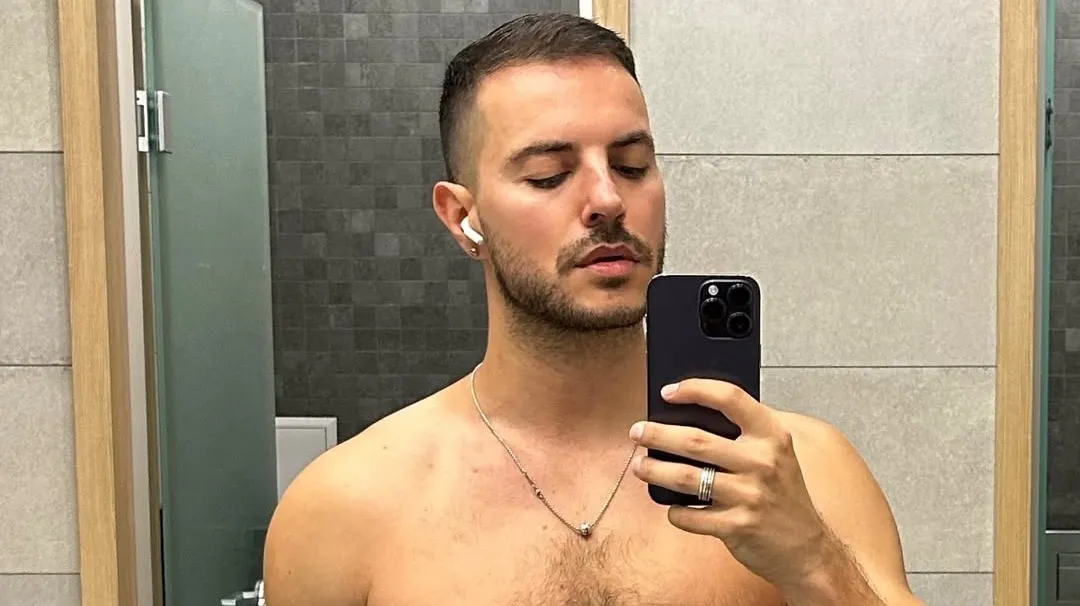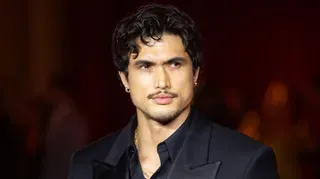September 29, 2013
A Primer on LGBT History Month
Kilian Melloy READ TIME: 3 MIN.
In 1994, a 29-year-old teacher named Rodney Wilson came out to his students in St. Louis County, Missouri. After teaching his class about the Holocaust, he revealed that he too could have been killed by the Nazis, but not for his religion, for his sexuality. From there, the idea of LGBT History Month was born.
Wilson wanted to be able to inform students about the gay rights movement, how it related to civil rights movements in general, and about famous historical figures who excelled at everything from politics to medicine to athletics, and who just happened to be gay. Originally named Gay & Lesbian History Month, "Bisexual" was soon added to the title and eventually included transgender people as well with the inclusive "LGBT History Month" name. The National Education Association supported LGBT History Month at its general assembly in 1995.
Despite early progress, no state was ever mandated to teach children about LGBT history in its curriculum until California passed a bill last year that insisted LGBT events and accomplishments be taught in the classroom. Also last year, two school systems recognized LGBT History Month for the first time: Broward County Schools in south Florida, and the Los Angeles Unified School District in California.
Throughout its history, LGBT History Month has been endorsed by Gay, Lesbian and Straight Education Network (GLSEN), GLAAD, the Human Rights Campaign, the National Gay and Lesbian Task Force, and various other organizations. In 2006, Equality Forum assumed responsibility for all promotional and content support LGBT History Month needs to be successful across America.
Ever since 2006, Equality Forum, via their website lgbthistorymonth.com has selected a yearly list of icons that teachers can share with their students, or LGBT media can share with their readers, so people can become more educated about today's visible LGBT faces or the people who brought us to where we are today that we may not remember anymore.
Here's a portion of the list of LGBT historymakers selected for 2013. Over the next few weeks, Hotspots will profile a total of ten people who may or may not be from the list below, with the hope that we can educate you on their background and life achievements.
Edward Albee - American playwright, known for such works as "Who's Afraid of Virginia Woolf?"
Reinaldo Arenas - Cuban writer who escaped the rule of Fidel Castro and became one of the loudest voices against the regime.
Axel Axgil - A Danish man who helped found his nation's LGBT rights organization and became half of the first couple to receive a domestic partnership anywhere in the world.
Tim Cook - A 15-year employee of Apple and current CEO, succeeding Steve Jobs upon his death in lgbt cook2011.
Elio Di Rupo - The current Prime Minister of Belgium, he is the only openly gay leader of a European Union nation.
Tom of Finland - Born Touko Laaksonen. An artist who gained fame in the 1960s and 1970s for his drawings of masculine men, many wearing leather and uniforms.
Nathan Lane - An actor well-versed in stage and screen, with extremely popular turns in The Birdcage, Guys and Dolls and The Producers.
George Takei - An actor and human rights activist best known for his television work in Star Trek as Hikaru Sulu.
John Lawrence & Tyron Garner - Two Texas men whose civil rights were violated by police in 1998. Co-plaintiffs on the court case Lawrence v. Texas, which invalidated the U.S.'s sodomy laws in 2003.
Tune in starting Oct 1 to watch LGBT History Month's Daily Videos featuring LGBT Icons
Kilian Melloy serves as EDGE Media Network's Associate Arts Editor and Staff Contributor. His professional memberships include the National Lesbian & Gay Journalists Association, the Boston Online Film Critics Association, The Gay and Lesbian Entertainment Critics Association, and the Boston Theater Critics Association's Elliot Norton Awards Committee.







